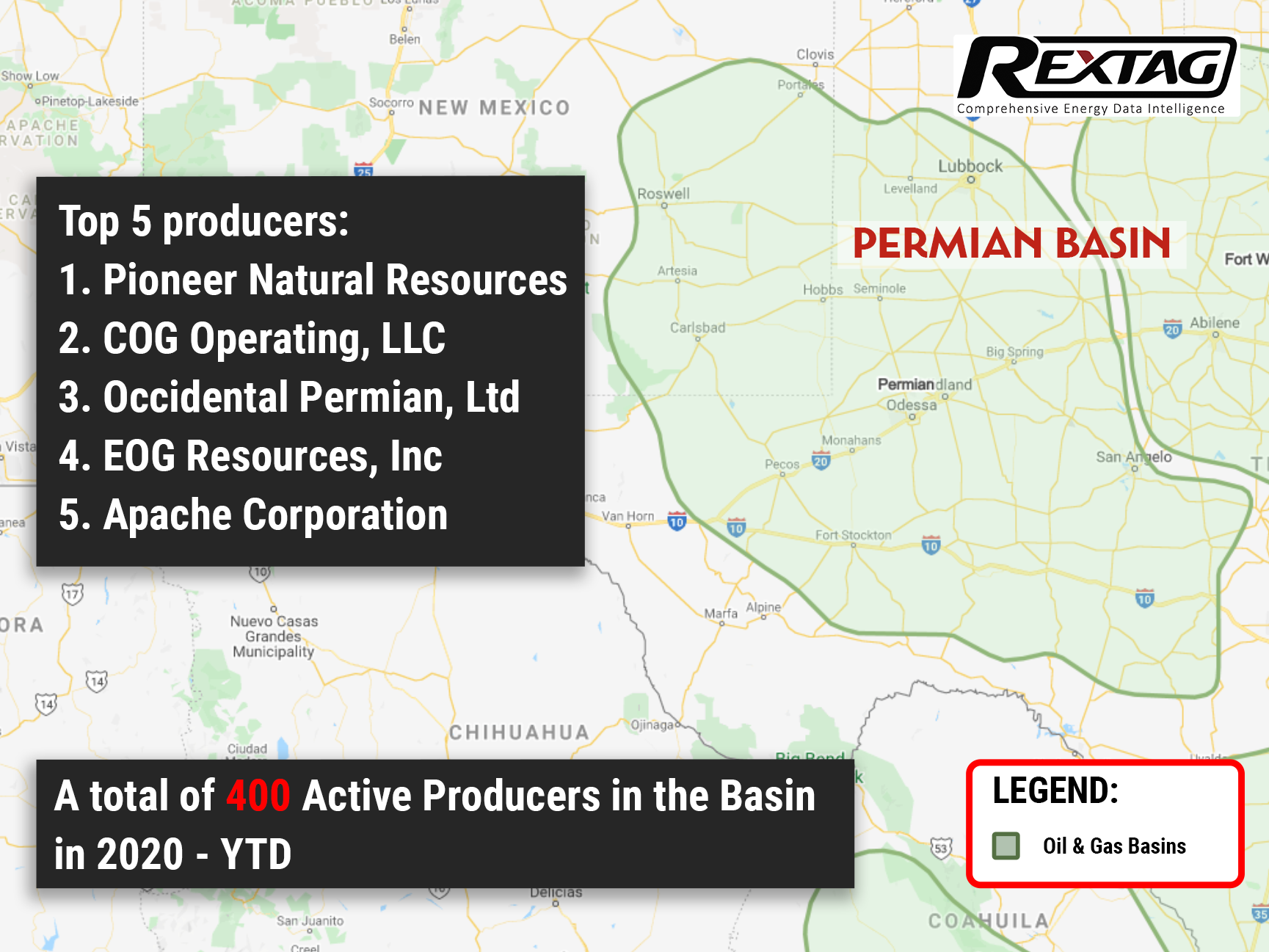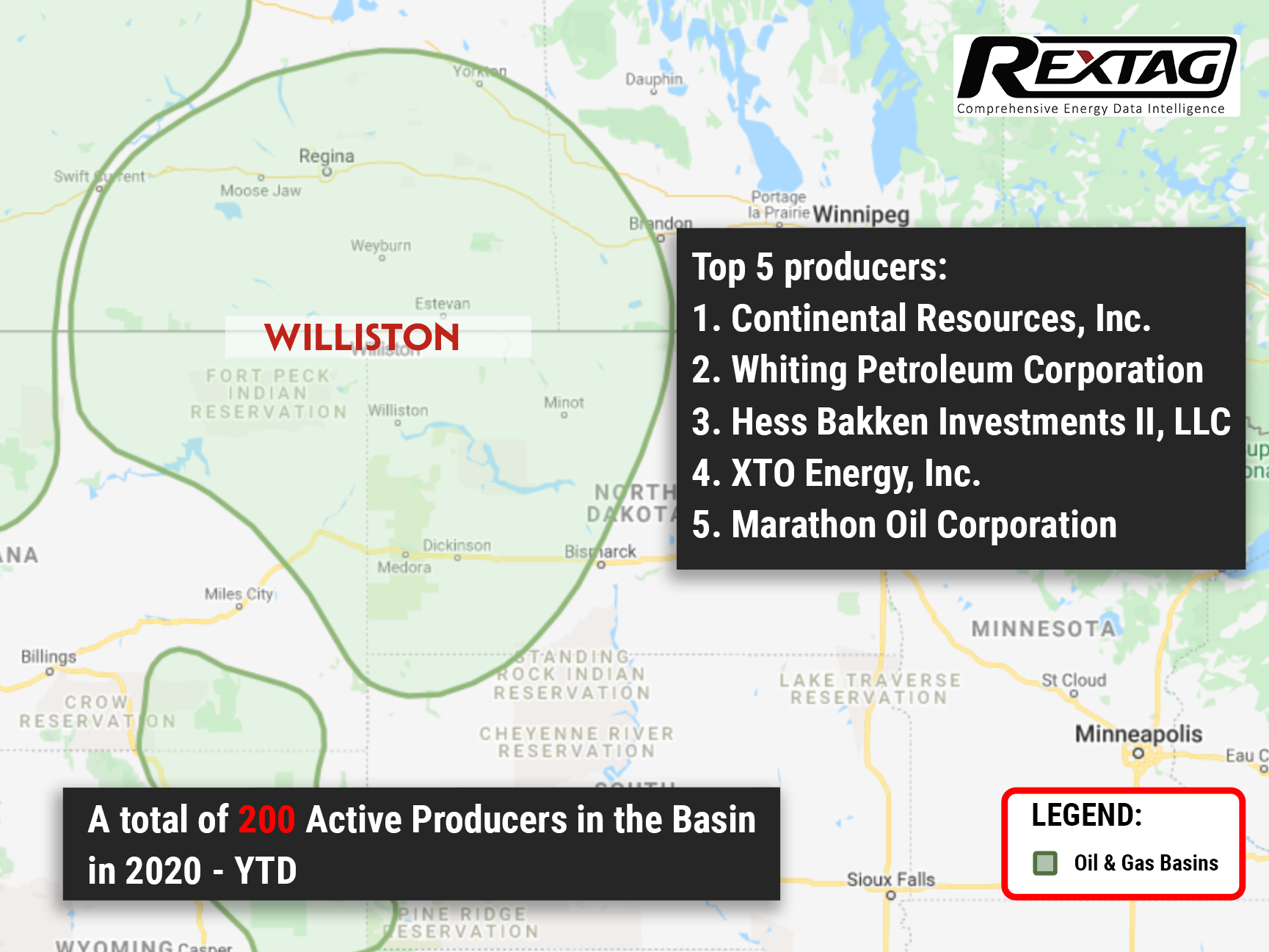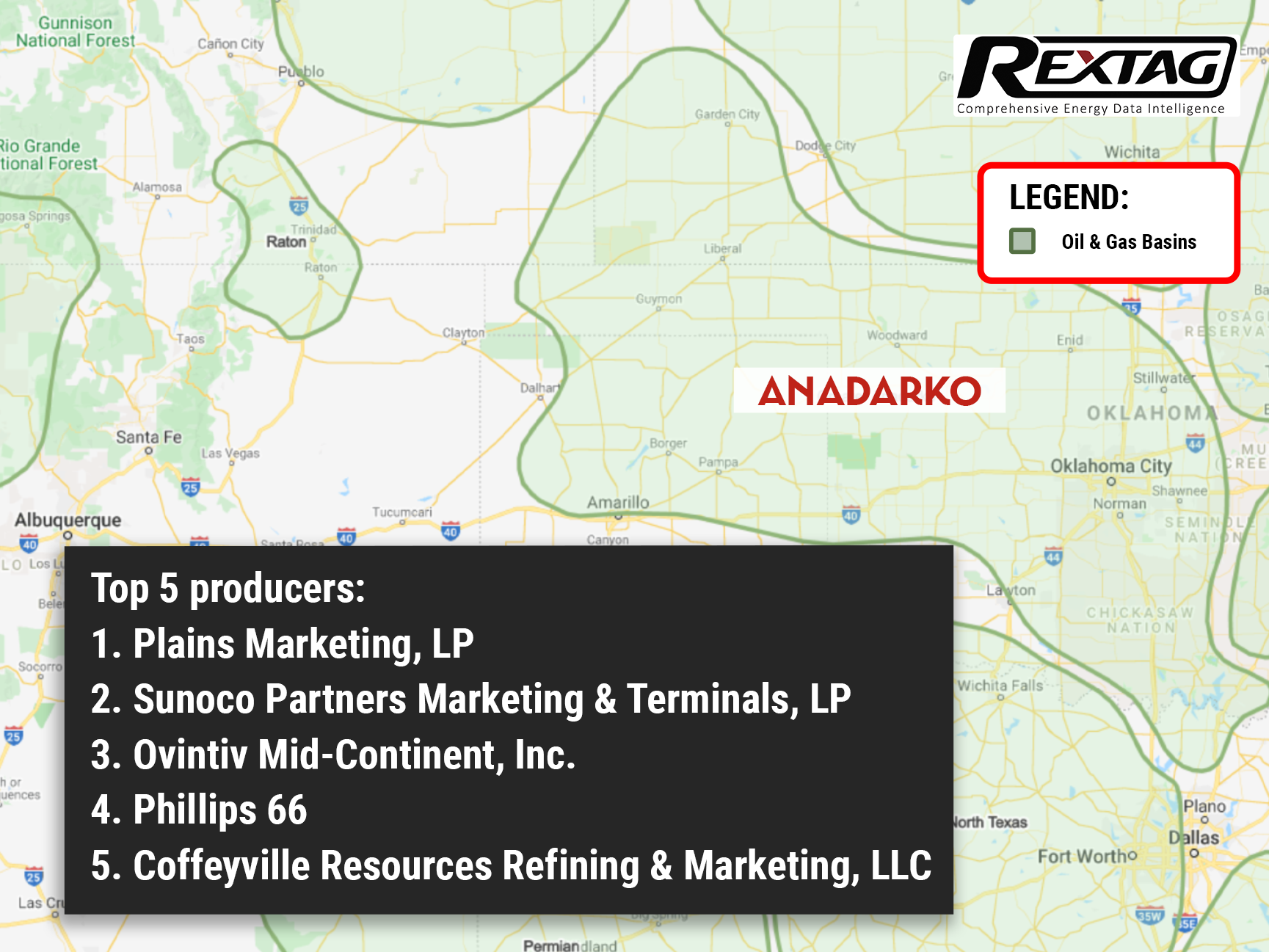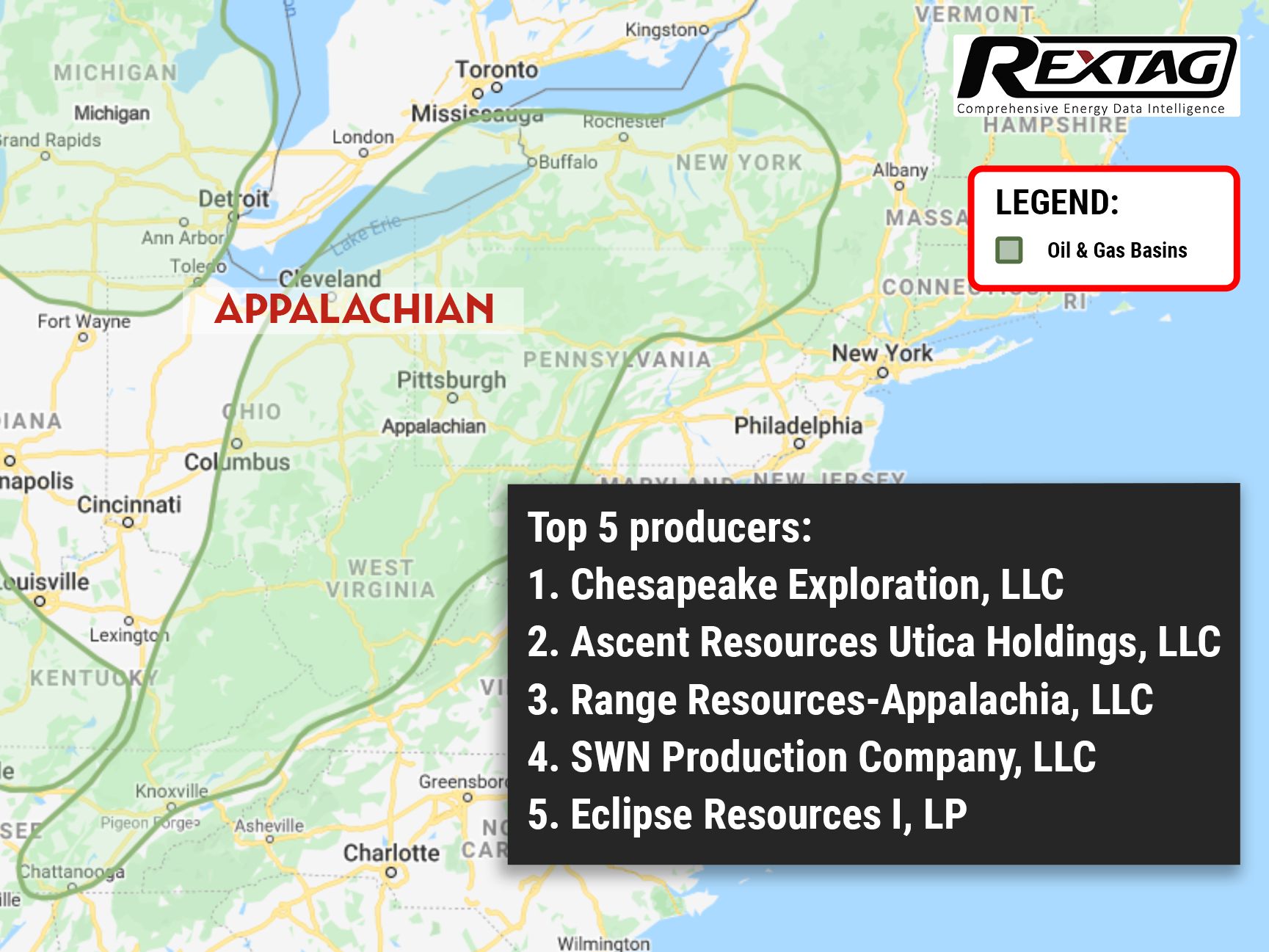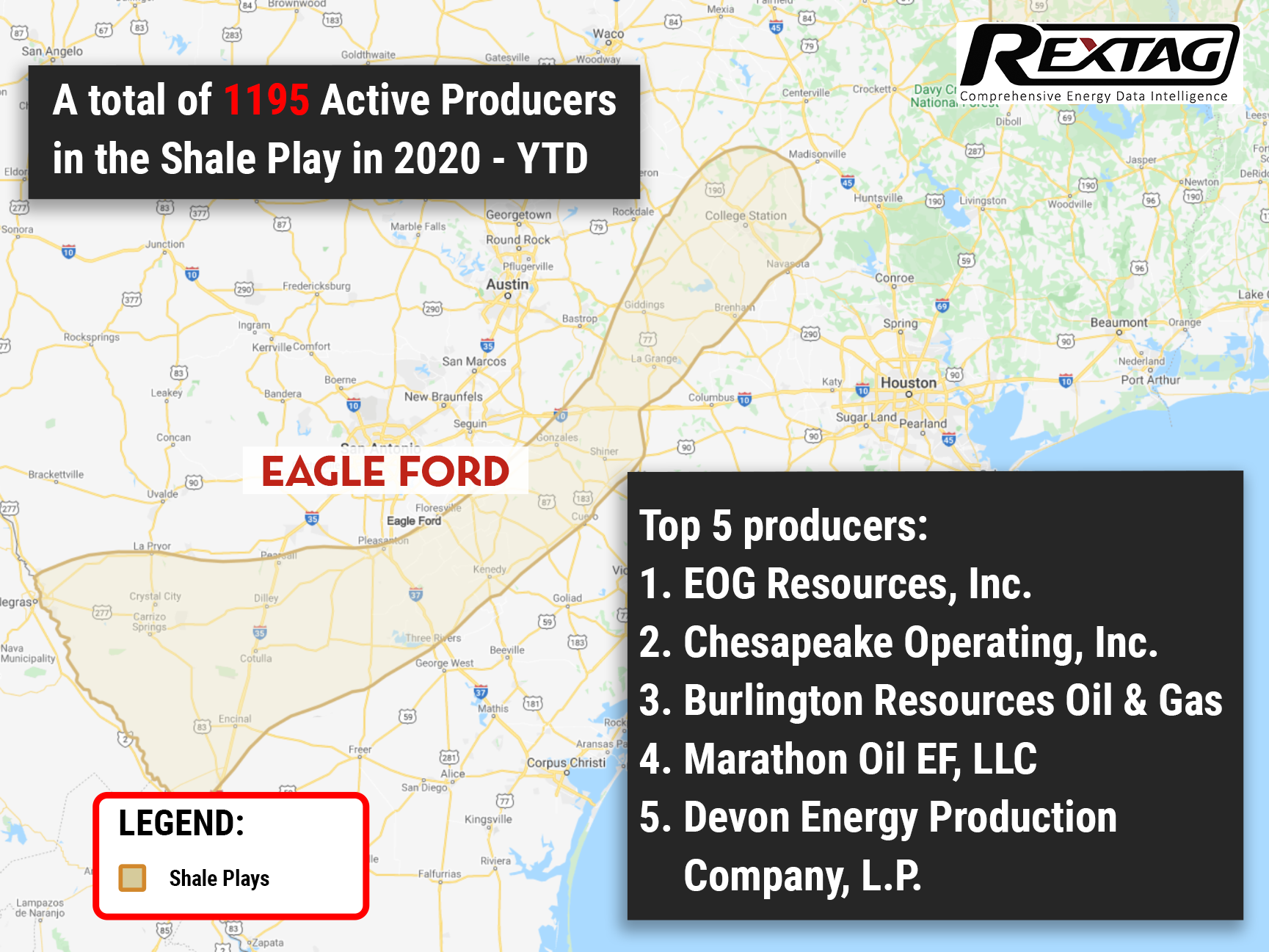The U.S. is expected to see an increase in oil production thanks to little-known private companies that are unaffected by stock market pressures. By 2022, oil output is expected to grow by 800,000 bbl/d, increasing sharply from this year and making the U.S. the fastest-growing oil producer outside of the OPEC cartel.
Surprisingly, the rise is not being driven by major oil companies. More than half of total U.S. output growth next year will come from privately-held producers, versus regularly expected 20%.
Currently, oil prices are hovering around $70/bbl, which makes most shale wells profitable to drill. Yet, despite huge losses resulting from the pandemic as well as unsustainable drilling rampage, the majority of leading oil companies have promised their shareholders to limit the amount they spend on growth for now. In contrast, private companies decided to bite the bullet, and have been leading the rise in oil and gas rigs drilling in the U.S. this year, which has more than doubled over from past September.
The onset of the Coronavirus pandemic of late 2019 dethroned the American oil industry from the leading position — which it got thanks to active shale field development — by forcing States to slow production from a peak of about 13 million barrels/day in late 2019 to about 11.1 million barrels/day by the end of 2020 due to low oil prices and falling demand.
Nevertheless, increasing crude oil production is now on the government agenda after the impact of Hurricane Ida, and expects production to reach 12.2 million barrels/day by the end of 2022. It is projected that drilling and bringing new oil wells online will grow more than $15 billion in one year.
In times of tight oil supplies, U.S. growth will impact world oil market balances. Currently, OPEC+ nations alone have been bringing about 400,000 bbl/d of new production volumes to the market each month in response to the unprecedented cuts last year.
Bank of America also expects to see new supplies from the United States of about 800,000 barrels per day in 2022 in a bid to ease supply concerns. And even with a strong comeback from the U.S., crude prices should still hold well above $70/bbl next year and could, potentially, even jump as high as $100/bbl.
Despite these prospects, many leading oil companies still decided to bow down to their shareholders, putting profits overproduction increases.
Although the oil and gas sector has been on a decline for the past couple of years, changes in the public's perception of the industry might not be too far away. A recent rise in oil prices is being accompanied by a continued level of capital discipline from producers, which could lead to a healthier reputation for the sector.
At Rextag we also expect to see some fairly major shifts in perception, in line with the way other sectors dealt with shifts in business models.
